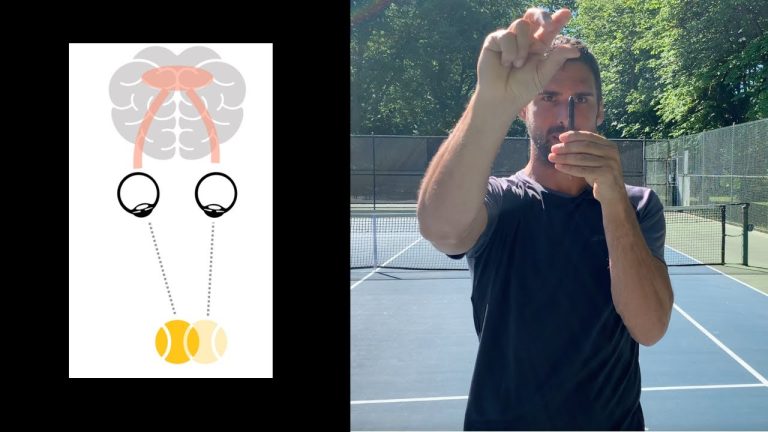Improving Your Visual Reaction Time: Top Drills for Enhanced Vision Care
Welcome to our blog on optical and vision care! Today we want to talk about visual reaction time drills, an important aspect of visual training that can benefit everyone from professional athletes to everyday individuals.
Visual reaction time refers to the speed at which we can perceive and react to visual stimuli. It is an important skill for activities such as driving, sports, and even simply walking down the street. Visual reaction time drills can improve our ability to react quickly and accurately to stimuli, enhancing our overall visual performance.
The Benefits of Visual Reaction Time Drills
Visual reaction time drills have numerous benefits for individuals of all ages and abilities. First and foremost, they can improve our safety by helping us react more quickly to potential dangers. This is especially important for athletes who participate in contact sports or activities with a high risk of injury.
In addition to safety benefits, visual reaction time drills can also enhance our performance in sports and other physical activities. By training our brains to react more quickly to visual stimuli, we can improve our speed, agility, and overall athleticism.
Types of Visual Reaction Time Drills
There are many different types of visual reaction time drills that you can incorporate into your training routine. Here are a few examples:
- Target Practice: Set up targets and practice hitting them quickly and accurately. This can be done with a partner or alone.
- Ball Drops: Have a partner drop a ball and practice catching it before it hits the ground.
- Visual Cues: Watch for visual cues such as hand or foot movements and react as quickly as possible.
- Virtual Reality: Use virtual reality systems to practice reacting to simulated stimuli.
Important Considerations
While visual reaction time drills can be incredibly beneficial, it’s important to approach them with caution. Be sure to warm up properly before beginning any drills and start with simple exercises before progressing to more advanced ones.
Additionally, if you have any concerns about your vision or visual performance, be sure to consult with a qualified optometrist or ophthalmologist. They can assess your visual abilities and recommend specific drills or training techniques based on your individual needs.
Overall, incorporating visual reaction time drills into your training regimen can have numerous benefits for your safety, athletic performance, and overall visual abilities.
Contents
Most wanted in Hoya Vision:
Hoya Lens Engravings
Which lens is better Alcon or Johnson and Johnson?
What’s the rarest eye color?
What brand lenses does Costco use?
Legacy Eye Care Llc
Hoya Sensity Vs Transitions Xtractive
Should eyeglasses cover eyebrows?
What’s the difference between 1.5 and 1.6 lenses?
What do you call glasses that turn dark in the sun?
Wide Corridor Progressive Lenses
















